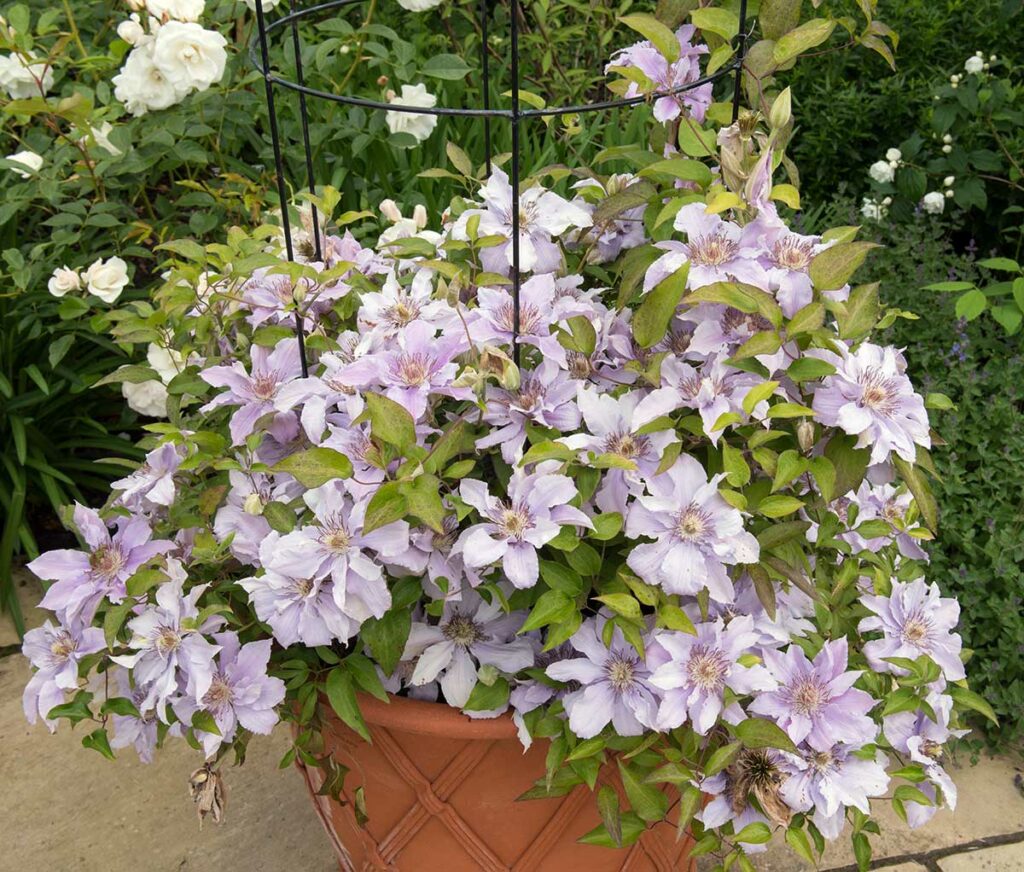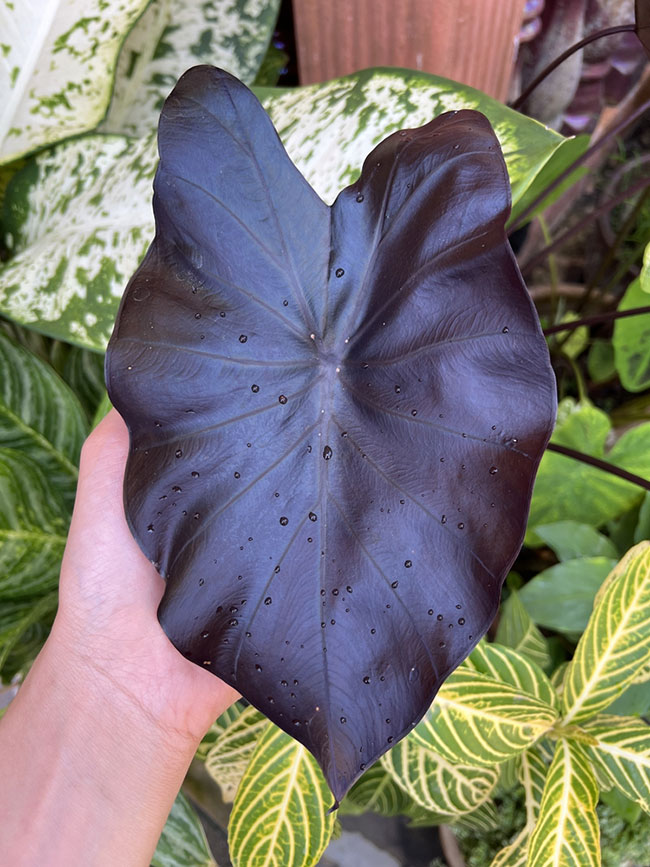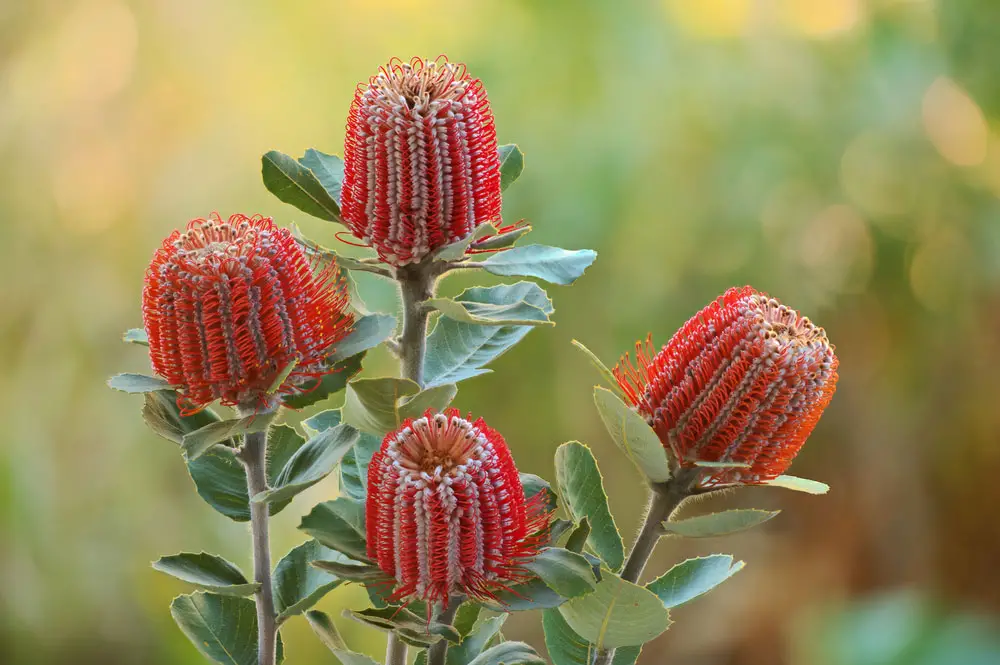
As a gardener, you know that late summer is an essential time for tending to your perennials. This is the perfect season to divide and transplant certain plants, encouraging healthy growth and a more vibrant garden in the coming months.
In this article, we will explore five perennials that particularly benefit from being divided during late summer. Dividing these plants enhances their productivity and longevity, creating a stunning landscape in your garden for years to come. So let’s dive in and discover which plants in your garden are ready for division and a fresh start.
Why Divide Perennials?
Improving Plant Health
Dividing perennials is an essential practice to maintain your plants’ health and vigor. Over time, perennial plants’ roots can become congested and tangled, leading to reduced nutrient absorption and growth. By dividing them in late summer, you give these plants a chance to rejuvenate their root systems, leading to healthier and more robust plants overall.
Here are a few benefits of dividing perennials for plant health:
- Better nutrient absorption
- Improved air circulation around the roots
- Enhanced water uptake
- Reduced risk of pests and diseases
Enhancing Flower Production
Another key reason to divide perennials in late summer is to boost their flowering capabilities. When plants become crowded, they compete for essential resources like light, water, and nutrients, which can lead to reduced flower production. By dividing and thinning out your perennials, you’re providing them with the necessary space and resources they need to maximize their flowering potential.
Here are some advantages of dividing perennials for flower production:
- Increased number of blooms
- Larger, more vibrant flowers
- Extended flowering period
- Varied color palette in your garden
In conclusion, dividing your perennials in late summer leads to improved plant health and enhanced flower production. This simple gardening technique will reward you with a more vibrant, healthier, and beautiful garden space.
When to Divide Perennials
Dividing perennials is an essential task to maintain their health and beauty in your garden. Late summer is the perfect time for dividing certain perennials, since it allows them to recover quickly and bloom fully in the following season. Here are a few tips on when to divide your favorite perennials.
Timing is key. Aim to divide perennials when they are not in active growth. For most plants, this means after they have finished blooming and their foliage has started to die back. Divide plants that bloom in spring and early summer in late summer, while perennials that bloom in the fall can be divided in early spring.
Consider the age of the plant. Perennials that are three to five years old are typically ready to be divided. At this point, they’ll have developed a healthy root system and will have enough energy to bounce back once they’re separated.
Watch for signs of overcrowding. If you notice your perennials are struggling to bloom or have become less vigorous, it might be time to give them more space. Dividing them helps to reduce competition for water, nutrients, and sunlight, which will encourage healthy growth.
Weather conditions matter. It’s best to divide perennials on a cool, overcast day. This minimizes stress on the plants and helps to prevent their roots from drying out. Be sure to water the plants thoroughly a day or two before dividing, as this will make the process easier and reduce shock.
Remember to take your time when dividing your perennials, always being gentle with the root system to prevent damage. Following these guidelines will ensure your garden’s perennials continue to thrive and flourish for years to come.
5 Perennials to Divide in Late Summer
Daylilies

Daylilies are easy to care for, and dividing them can help maintain their health and vigor. In late summer, identify the clumps that have become crowded or produced fewer blooms. To divide, dig around the clump, lift it, and gently separate the fans (individual plants). Replant the divisions, ensuring they are spaced adequately for better growth.
Hostas

Hostas thrive in partial shade, and their beautiful foliage makes them a popular choice in gardens. Late summer is a great time to give your hostas some attention by dividing them. Identify mature clumps, dig around them, and then lift them out. Gently break apart the root ball into smaller sections with a fork or your hands. Finally, replant the divisions, ensuring they are in well-prepared soil, and water thoroughly.
Sedum

Sedum, also known as stonecrop, is a hardy perennial that attracts pollinators and requires minimal maintenance. Dividing sedum plants in late summer can help rejuvenate their growth. To do this, carefully dig up the plant, lift it out of the ground, and use a sharp tool or your hands to cut the root ball into smaller sections. Replant the divisions into well-draining soil, and provide adequate water.
Coneflowers

Coneflowers are beloved for their bright colors and tall bloom stalks, which provide visual interest and attract beneficial insects to the garden. To divide your coneflowers, dig around the mature clumps and lift them out of the ground. Carefully pull the roots apart using your hands or a fork, ensuring each division has both roots and foliage. Replant the divisions in well-prepared soil, and water them thoroughly.
Irises

Irises are known for their striking blooms and architectural foliage, making them a favorite in many gardens. Dividing irises in late summer helps maintain their health and promotes better blooming. To divide your irises, dig up the rhizome clumps while being careful not to damage the roots. Use a sharp, clean tool to cut the rhizomes into sections, ensuring each section has a healthy fan of leaves. Replant the divisions in well-drained soil, and water them well.













